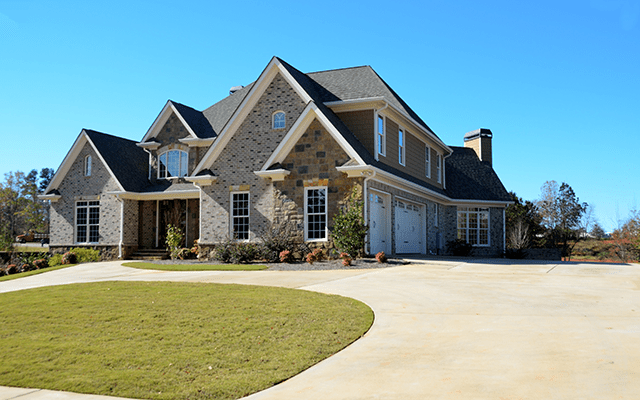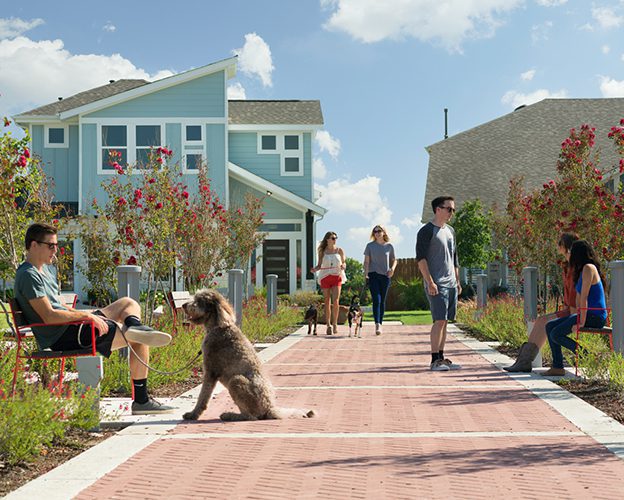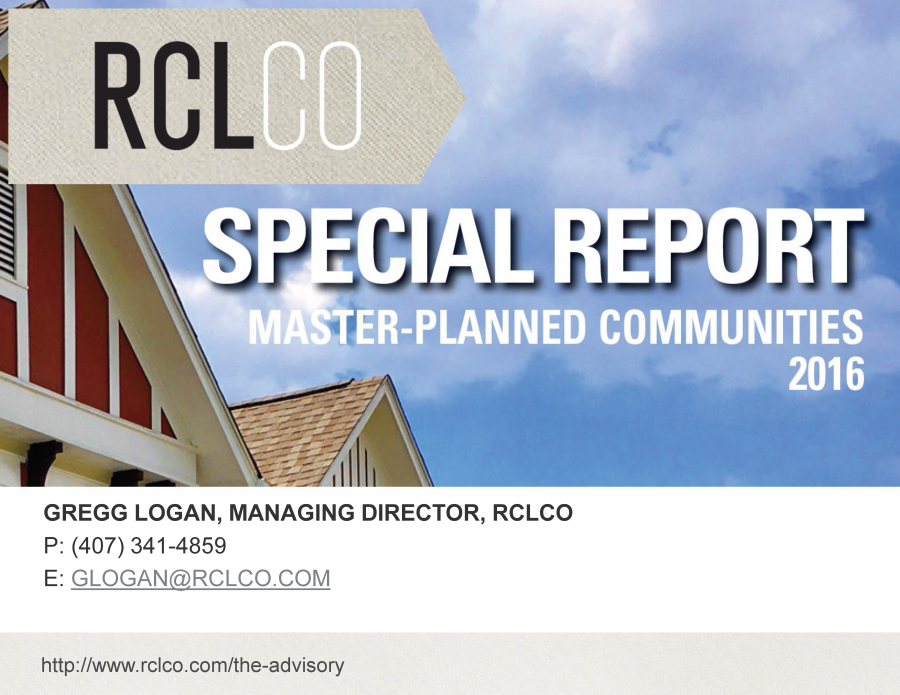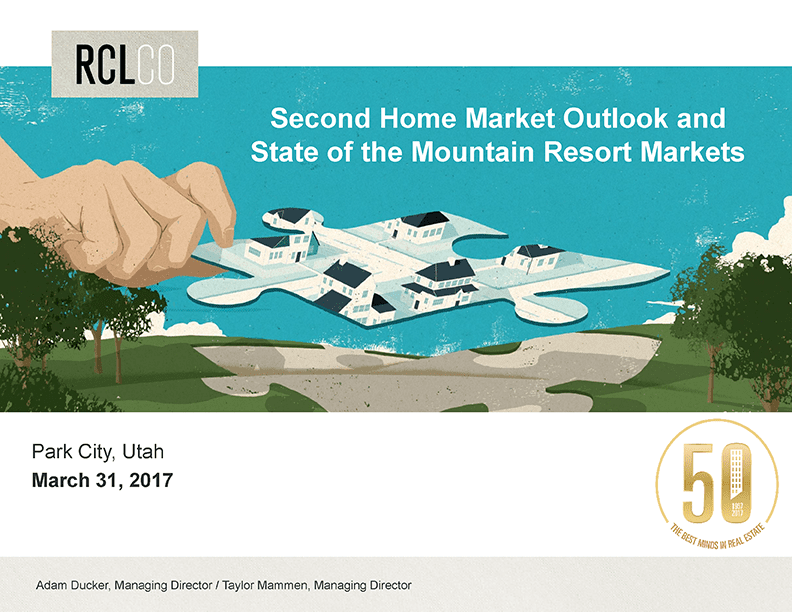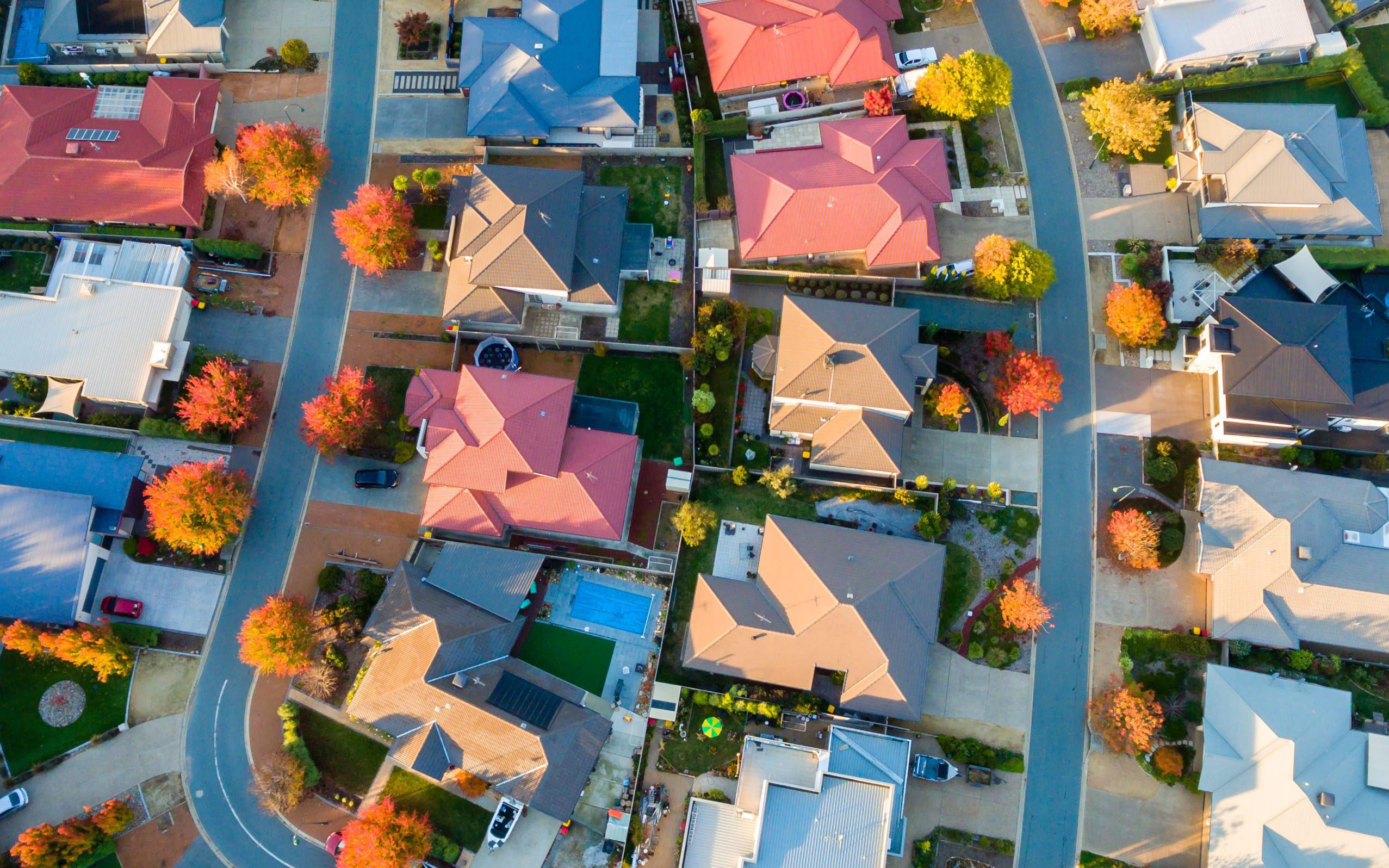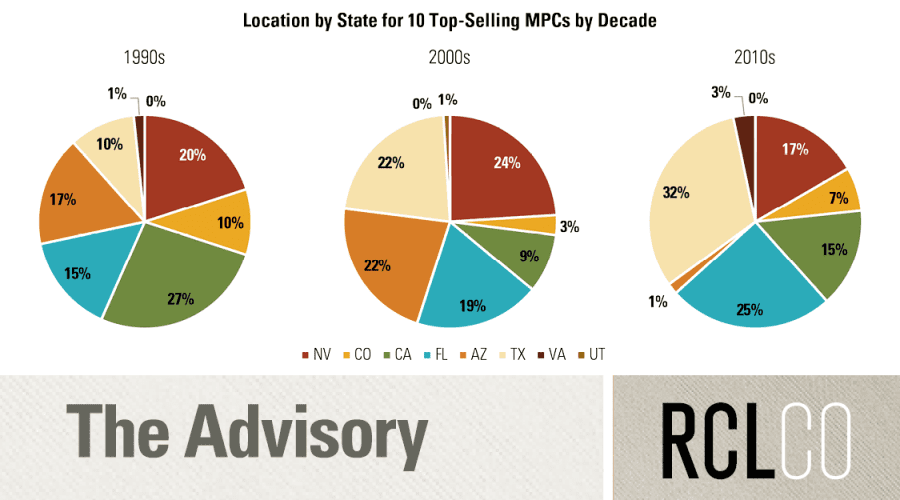Post Recession: Homebuyers Willing to Pay More for Green Features with Cost Savings or Health Benefits
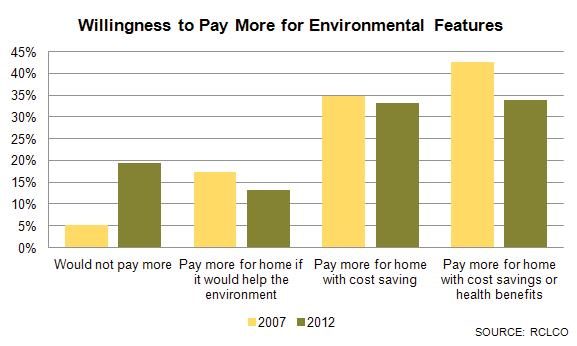
The market for green homes is on the rise. According to McGraw-Hill Construction, the share of single-family home construction that is green has risen from 8% in 2008 to 17% in 20111. This is consistent with RCLCO’s consulting experience throughout the country. Many of our homebuilding and developer clients are using green as a differentiator in marketing and sales campaigns, and eventually expect that green features will be the norm, rather than an optional feature. The question we are often asked is if buyers are willing to pay more for a green home and/or green features.
Much research into the demand for green homes has involved discussion regarding a “green buyer” who is interested in buying a green home to help the environment. Unfortunately, such attempts have thus far been unable to clearly describe the elusive “green buyer,” leaving developers and builders without the information necessary to answer critical questions such as: who wants a green home; how many of these buyers are there; what are they looking for in a green home; where are they located; and how much extra are they willing to pay for a green home?
 RCLCO fielded a comprehensive survey of homeowners in 2007. At that time, an overwhelming majority of owners (95%) indicated that they would be willing to pay more for a green home if it would help the environment, they would be paid back for their green investment, or they would get health benefits. However, 80% of those willing to pay more would do so only for cost savings and/or health benefits; for most green buyers, helping the environment was a bonus, but not a driving factor in spending additional money. We found that “green buyers,” defined as those who would buy a green hope to help the environment, were elusive because they were a rather small percentage of all homebuyers. RCLCO nevertheless predicted that the market for green homes would continue to rise, and recommended focusing on cost savings and health benefits to market green homes and features, as opposed to focusing on their “green” aspects. Buyers that we dubbed “Forest Greens”—who consider some sense of environmental responsibility/stewardship to be their primary decision-making criterion in their next home purchase—represented only 6.1% of buyers.
RCLCO fielded a comprehensive survey of homeowners in 2007. At that time, an overwhelming majority of owners (95%) indicated that they would be willing to pay more for a green home if it would help the environment, they would be paid back for their green investment, or they would get health benefits. However, 80% of those willing to pay more would do so only for cost savings and/or health benefits; for most green buyers, helping the environment was a bonus, but not a driving factor in spending additional money. We found that “green buyers,” defined as those who would buy a green hope to help the environment, were elusive because they were a rather small percentage of all homebuyers. RCLCO nevertheless predicted that the market for green homes would continue to rise, and recommended focusing on cost savings and health benefits to market green homes and features, as opposed to focusing on their “green” aspects. Buyers that we dubbed “Forest Greens”—who consider some sense of environmental responsibility/stewardship to be their primary decision-making criterion in their next home purchase—represented only 6.1% of buyers.
Post recession, clients have been asking us if green features are still an important factor in home purchase decisions. In July 2012, RCLCO re-asked the following key question in a national survey of both owner and renter households: “If you were going to move, would you be willing to pay more for a house/ in monthly rent for the environmental features (such as energy efficient appliances or environmentally friendly paints) that are important to you?” To compare to our previous owner survey in 2007, we were particularly interested in the responses of owner households with annual incomes of $50,000 or over. In the next article, we will examine the propensity of renter households to pay more in rent for green features.
The percentage of all homeowners that would pay more for green for environmental reasons was low before (17%) and even lower now (13%). The percentage of owners that would pay more for cost savings and/or health is still approximately 2/3 of owners. The key appears to be focusing on cost savings with the exception of a few key market segments that may be motivated by health benefits as well. Whether or not the increase in those that would not pay more for any reason (almost 20% compared to 5% in 2007) is a temporary result of the economy, it is important to recognize that 80% of buyers would be interested in green features, and disproportionately for cost-saving reasons.
Respondents aged 18-34 and those living in the West are more willing than others to pay more for green; the young respondents were also willing to pay more solely for green’s sake. Those with incomes over $50,000, and those with kids in the household, are more likely than others to be interested in the health benefits. This is important to builders and developers when considering how to market the green features offered in their product. However, potential cost savings are the strongest motivator for households of all ages and in all parts of the country.
We recommend builders highlight what they are already doing that saves money and/or is good for buyers’ health. In selecting any green features to add to the current standard features and available options, we suggest focusing on those that pay back any added cost in a reasonable time period. In addition, there is no evidence that taking credit for helping the environment hurts sales as long as it’s clear that it’s not costing the buyer additional money. The focus is to make sure buyers are actually saving money over a reasonably short payback period, rather than spending money to help the environment.
1 New and Remodeled Green Homes: Transforming the Residential Marketplace, McGraw-Hill Construction, 2012.
Disclaimer: Reasonable efforts have been made to ensure that the data contained in this Advisory reflect accurate and timely information, and the data is believed to be reliable and comprehensive. The Advisory is based on estimates, assumptions, and other information developed by RCLCO from its independent research effort and general knowledge of the industry. This Advisory contains opinions that represent our view of reasonable expectations at this particular time, but our opinions are not offered as predictions or assurances that particular events will occur.
Related Articles
Speak to One of Our Real Estate Advisors Today
We take a strategic, data-driven approach to solving your real estate problems.
Contact Us

